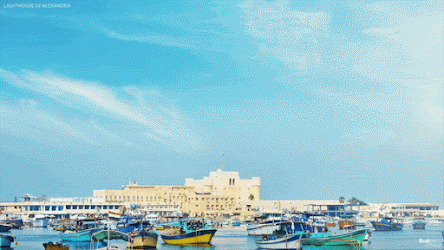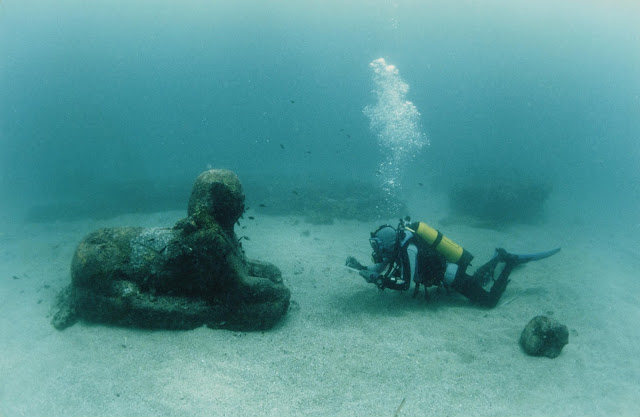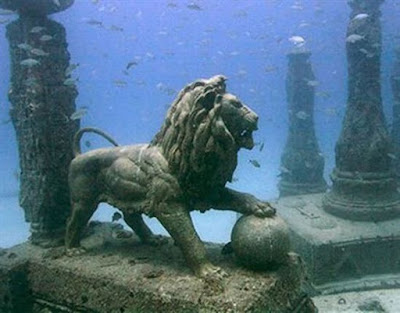 The lighthouse was one of the tallest human-made structures in the world for centuries. | One of the Seven Wonders of the Ancient World, for many centuries it was one of the tallest man-made structures in the world. Badly damaged by three earthquakes between AD 956 and 1323, it then became an abandoned ruin. |  |
 | Alexandria and Pharos were later connected by a mole. The lighthouse was constructed in the 3rd century BC. After Alexander the Great died the first Ptolemy announced himself king in 305 BC, and commissioned its construction shortly thereafter. The building was finished during the reign of his son, the second Ptolemy (Ptolemy II Philadelphus). It took twelve years to complete, at a total cost of 800 talents. The light was produced by a furnace at the top, and the tower was said to have been built mostly with solid blocks of limestone. |
 | The lighthouse was badly damaged in the earthquake of 956, and then again in 1303 and 1323. Finally the stubby remnant disappeared in 1480. Archaeologists re-discovered the physical remains of the lighthouse in late 1994 on the floor of Alexandria's Eastern Harbor. |  |

No comments:
Post a Comment